SaaS (Software as a Service) - All You Need to Know
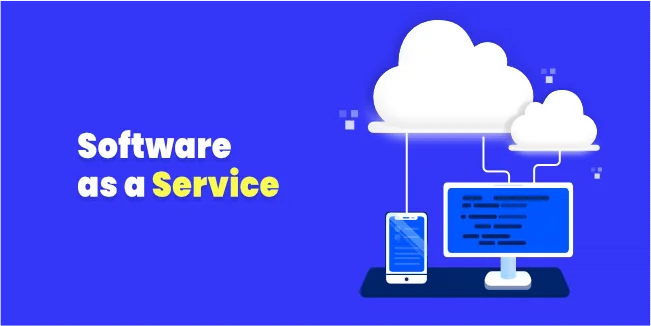
SaaS stands for Software-as-a-Service, and it is a form of cloud computing. Cloud computing is the on-demand availability of computer system resources without direct active management by the user. In the case of SaaS, this means that the application is available in the cloud and does not need to be installed on the computer before using it. At this point, the SaaS model is used by both large enterprises and smaller companies. So let's take a look at what SaaS is all about.
What is SaaS?
SaaS is a solution that has allowed many companies to conquer their markets. The whole premise behind SaaS software is as follows - compared to traditional software, SaaS applications do not need to be installed on a computer's hard drive. They work independently of operating systems because they operate in the internet browser space. So SaaS solutions are web applications.
SaaS is a great solution, because thanks to the fact that all data is in the cloud, the application can be updated and developed on an ongoing basis, without user intervention. It means that if a SaaS provider decides to make changes, they will be visible immediately to all application users, which will ensure the highest level of user experience.
Most SaaS applications are based on the subscription business model. It means that the user no longer has to buy the entire program at the full price. Instead, he will pay a predetermined monthly fee. Another business model is freemium, where user access is limited and includes only basic functionalities. To get full access to the application's features, the user must purchase a subscription.
Such business models allow SaaS users to develop, scale and update their business operations at a lower one-time cost. In addition, the use of the SaaS solution means that all the data inputted by the user is collected into the cloud. It reduces operating costs because large data files no longer clog physical disks that would need to be purchased and stored in the cloud storage.
As Survey by Finances Online shows, 86% of companies will rely on SaaS solutions by 2023. It is very interesting because, in the beginning, companies didn't take SaaS seriously; after all, everyone was used to installing software locally.
So let's take a look at the history of SaaS at a glance.
A brief history of SaaS
The first solutions from the SaaS family appeared at the end of the 20th century and were referred to as ASP (application service provider). ASP was severely limited, as each user required their software version on the computer. It means that the software had to be installed on each computer's hard drive, in order to work on the network.
The successor of ASP became SaaS, which, thanks to its multitenant architecture, is able to serve multiple users without the need for local installation. In the beginning, SaaS solutions, due to the weak Internet, only focused on one or two business problems. At this point, modern SaaS applications contain all the elements, which businesses or users may need.
In terms of business, SaaS solutions support departments such as HR, marketing, or sales through CRMs (customer relationship management) or ERPs (enterprise resource planning), and many more. However, SaaS is not only about business as it is also used for entertainment purposes such as on-demand streaming services.
Examples of SaaS model applications
There are more and more SaaS vendors across industries, but we will show the biggest players who leverage the SaaS model for the sake of understatement.
Netflix
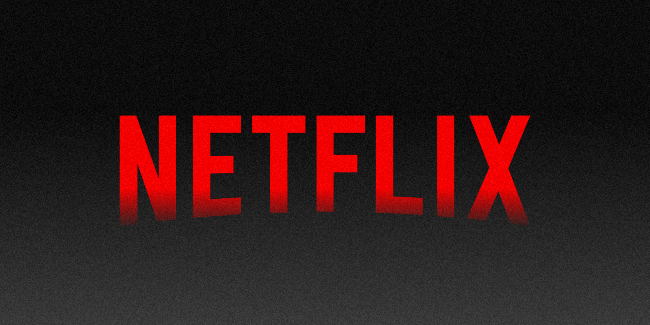
Let's start with the biggest subscription-based streaming service SaaS company - Netflix. I think each of us has practiced Netflix & Chill at least once, and interestingly, during our "chill," we used the SaaS application. All movies and series are in the cloud, and to access them, the user first has to pay a monthly subscription fee.
It perfectly illustrates the entire assumptions of SaaS. If we wanted to save all the data on hard drives, we would pay a fortune, and thanks to a monthly subscription, we do not have to pay full price for a movie that we will watch only once.
Google G Suite
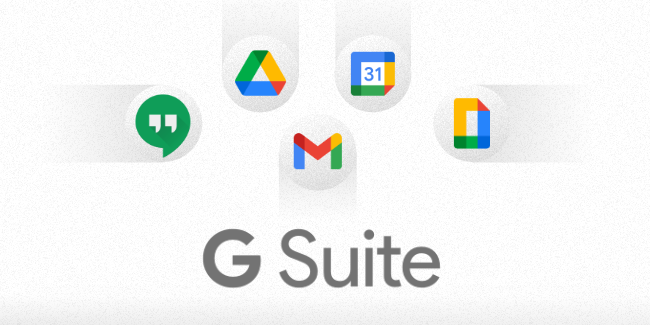
The tools offered by Google as part of G Suite are based on the Software as a Service model and effectively replace various enterprise software or business applications, offering one ecosystem on which the entire company can work at the same time. SaaS solutions offered by Google include Gmail, Google Drive, or Calendar, among others.
All google workspace solutions use the web browser as the environment they operate. They are based on the cloud, so collaboration between users is easier than ever. All because the data is updated regularly. At mDevelopers, we use solutions proposed by Google because they significantly improve work efficiency, which is one of the goals of SaaS in general.
HubSpot
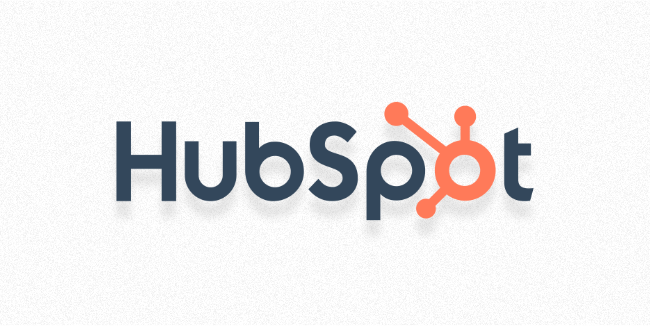
HubSpot offers many software products that improve business processes. The most popular solution is free CRM (customer relationship management) software, which allows email tracking, meeting scheduling, etc. As part of one SaaS solution, we get all the useful tools to improve our company's processes. HubSpot operates on the freemium model, i.e., CRM is free, but if we want to get full access, we have to pay a subscription fee.
Modern SaaS
These examples illustrate what modern SaaS is - a universal and helpful solution. Both Netflix, Google G Suite, and HubSpot CRM are SaaS solutions that offer a plethora of solutions within one system, and data is not stored on the user's computer but rather in the cloud.
Even though access to the application is available to anyone immediately after logging in, it is personalized to the tastes of a given user while still using one database. It is due to the multitenant architecture, thanks to which SaaS vendors can distribute many versions of the application from one server, and the user does not need to perform any maintenance app.
When it comes to modern solutions using the cloud, there is not only SaaS but also IaaS and PaaS. Let's look at the difference between these, at first glance, similar models.
SaaS, IaaS, PaaS - Differences
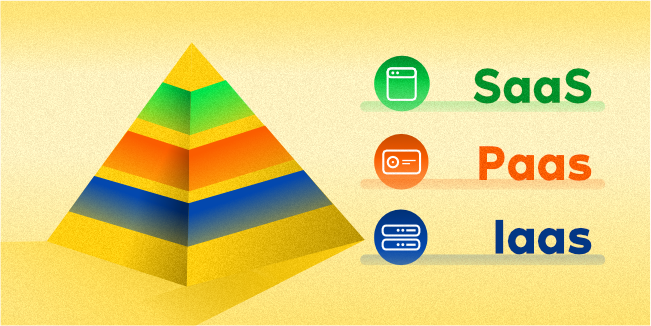
As we already know, SaaS (Software as a service) allows users to use a given platform from any place and device, as long as it has access to the Internet and a web browser. It is also worth noting that SaaS is an all-inclusive solution because it provides both the application and the infrastructure on which the application operates.
PaaS (Platform as a service) is based on the vendor providing the user with a virtual work environment. This solution is most often used by programmers who, thanks to PaaS, can focus on writing the application, not on the configuration of the tool in which it is written.
IaaS (Infrastructure as a service), on the other hand, is a solution in which users rent an IT structure, such as servers, computing power, or disk space. Thus, when creating a new application, you do not need to build the entire server room.
SaaS trends for 2022
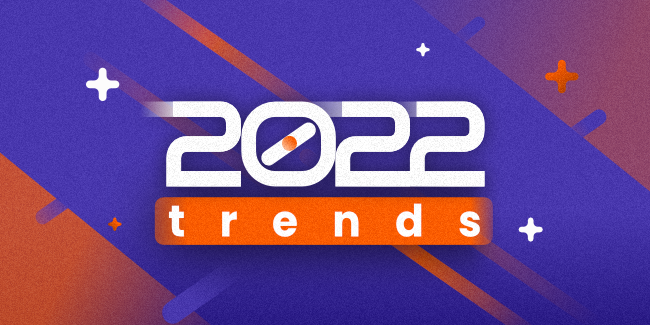
AI adoption
In 2022, artificial intelligence will increasingly flood all branches of business, and according to IDC research, 85% of enterprises will combine human expertise with AI. The SaaS segment will benefit from the real-time analytics that AI can provide. An additional reason why we believe that SaaS providers will be more willing to use AI in their products is that thanks to the acquired data, they will be able to improve them more and more and predict user behaviors.
New collaboration tools
Unfortunately, COVID-19 still has a strong impact on our lives, and the pandemic is far from over with new variants showing up. Therefore, we believe that 2022 will show us new SaaS platforms that will aim to improve remote work. Despite great players like the aforementioned Google G Suite, Slack, or Teams, this market is not fully saturated yet, and software vendors will definitely take advantage of it.
Outsourcing
By observing the market in 2021, we are betting that in 2022 more and more SaaS platforms will be created using outsourcing. It is related to the fact that being locked in our homes has shown us that we can work well with another person even when we are distant. Outsourcing is a solution that allows you to build a great SaaS application without the need to build an in-house development team. More and more companies decide to offshore outsourcing their SaaS applications because it lowers costs while maintaining the highest quality.
Rise of Vertical SaaS
Vertical SaaS applications are apps that are focused on a particular niche. Vertical Saas is a recent phenomenon, so it may enter the 2022 market strong. We have many specialized branches in the world that need perfectly matched platforms. Vertical SaaS aims to provide solutions that will meet these needs. The smaller market that the application is to enter also means less competition.
Focus on SaaS security
Data security is a topic that affects every branch related to software, therefore, in 2022, SaaS vendors will pay attention to ensuring that their solutions using internet connections for data transfer are as secure as possible. Although cloud security is, in most cases, much better than in classic data centers, there is still much room for improvement.
Summing up
SaaS is any web application that uses the internet connection to send data to cloud services, and you don't need to install it locally. Currently, the SaaS market is worth $ 171.9 billion; compared to 2015, it's a difference of $ 140.5 billion! It only shows how fast it is growing, and we at mDevelopers are betting that 2022 will only accelerate this growth. If you want to create your own SaaS application, we will be happy to talk to you during our free consultation.